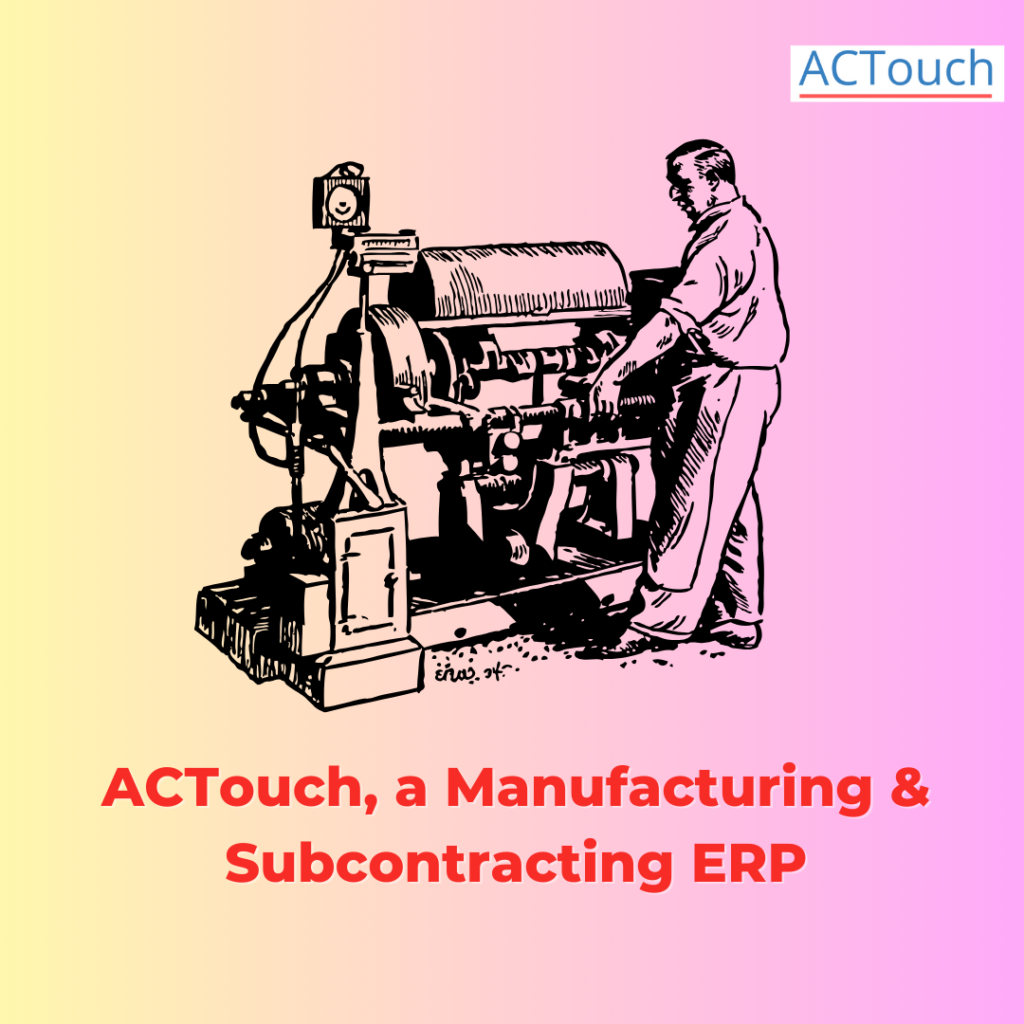Total Manufacturing Cost: Great way to Unlock Efficiency
What is Total Manufacturing Cost?
Total Manufacturing Cost refers to the comprehensive sum of all expenses incurred during the production process of goods or services. It includes both direct and indirect costs associated with manufacturing, and understanding these costs along with other variable costs is vital for businesses to make informed decisions and maintain profitability.
From Cost accounting and Financial statements perspective, having a detailed product costing with a clearly defined cost structure for Finished products is important. Major cost components of manufacturing are machine equipment cost, energy costs, manufacturing expenses, administrative expenses and other hidden costs. Few of above costs are taken as “Capital costs” and rest are as “Operating expenses”.
How Manufacturing Costs is Arrived?
The calculation of types of manufacturing costs includes considering various cost components:
a. Direct Materials: This includes the cost of raw materials used directly in the production process, such as metals, plastics, and other essential components. Direct material cost is the major cost of any finished product. So knowing the types of costs and the impact of these cost of materials on the Finished goods including tracking of scraps, rejections are important to arrive to total production costs.
b. Direct Labor: Direct Labor cost comprises wages and benefits paid to employees directly involved in manufacturing, such as assembly line workers and machine operators. Here we do not consider staff and administrative costs as its treated as Overhead costs.
c. Manufacturing Overhead: Manufacturing Overhead incorporates all indirect costs related to production, including utilities, factory rent, machinery maintenance, indirect labor Machine Maintenance costs, add-on material costs, office supplies to execute these functions, shipping costs, factory floor costs and other consumables etc.
Total Manufacturing Cost Formula.
The Total Manufacturing Cost Formula is used to calculate the overall cost incurred in the manufacturing process of finished product or services. It takes into account the direct materials cost, direct labor cost, and manufacturing overhead cost. Understanding this formula is essential for businesses to accurately assess their production expenses and make informed decisions. Let’s delve into the Total Manufacturing Cost Formula in detail with an example:
Total Manufacturing Cost Formula:
Total Manufacturings Cost = Direct Materials Cost + Direct Labor Cost + Manufacturing Overhead Cost
Direct Materials Cost
Direct Materials Cost includes the expenses associated with the raw materials and components used directly in the production of goods. It involves the cost of purchasing and transporting the required materials to the manufacturing facility. These materials are directly traceable to specific products and can be assigned to each unit of production.
Example: ABC Electronics manufactures smartphones. To produce one smartphone, they need a display panel, processor, battery, and other components. The cost of these materials amounts to $50 per smartphone.
Direct Labor Cost
Direct Labor Cost comprises the wages, salaries, and benefits paid to employees directly involved in the manufacturing process. These employees work directly on the production line and contribute directly to the creation of the goods.
Example: ABC Electronics employs assembly line workers and machine operators who directly assemble the smartphones. The total direct labor cost for producing one smartphone is $15.
Manufacturing Overhead Cost
Manufacturing Overhead Cost includes all indirect expenses related to the manufacturing process. These costs are not directly traceable to individual products but are incurred to support overall production operations. They include factory utilities, rent, maintenance, depreciation of machinery, and indirect labor.
Example: ABC Electronics incurs various overhead costs, such as factory rent, equipment maintenance, and administrative salaries. The total manufacturing overhead cost for producing one smartphone is $10.
Now, let’s use the Total Manufacturing Cost Formula to calculate the overall cost of producing one smartphone by ABC Electronics:
Total Manufacturing Cost = Direct Materials Cost + Direct Labor Cost + Manufacturing Overhead Cost Total Manufacturing Cost = $50 + $15 + $10 Total Manufacturing Cost = $75
The Total Manufacturing Cost for one smartphone manufactured by ABC Electronics is $75. This cost encompasses all the expenses incurred directly and indirectly in the production process.
Benefits of Using Total Manufacturing Cost Formula:
- Comprehensive Cost Assessment: The formula provides a holistic view of all Production costs associated with manufacturing, aiding businesses in understanding their expenses accurately including indirect materials.
- Informed Decision-Making: By calculating the Total Manufacturing Cost, businesses can make well-informed decisions on pricing, sourcing, and cost-saving measures.
- Resource Optimization: Understanding the cost breakdown helps in optimizing the allocation of resources to maximize efficiency and minimize waste.
- Cost Comparison: Businesses can use this formula to compare the costs of producing different products, enabling them to focus on the most profitable ones. There are many variable costs to consider to arrive at total production costs.
The Total Manufacturing Cost Formula is an essential tool for businesses to evaluate their production expenses comprehensively that helps financial health of company. By incorporating direct materials, direct labor, and manufacturing overhead costs, this formula empowers businesses to make strategic decisions, improve cost efficiency, and remain competitive in the manufacturing industry.
ACTouch ERP helps to capture these data as part of Bill of Materials stage or at the time for Production Reporting stage.
Differences Between Direct Manufacturing Cost and Indirect Manufacturing Costs.
Direct Costs:
- Direct Costs are directly attributed to the production of specific goods or services.
- These Production costs can be easily traced and allocated to a particular product or production process.
- Examples include raw materials, direct labor wages, and components used in manufacturing.
Indirect Costs:
- Indirect Manufacturing Costs are not directly tied to a specific product or service.
- These costs are incurred to support the overall production process and cannot be easily traced to individual products.
- Examples include factory utilities, equipment depreciation, and factory management salaries.
Why to Calculate Your Total Manufacturing Costs?
Its important to know the cost of manufacturing that’s contributed by many other variable costs that add to Product’s cost per unit are Labour / wages hourly rates, costs of supply chain, usage of indirect materials for production and other variable costs. Any impact on these would affect increased product costs.
We are aware of few businesses, that tracks a small thread and amount of adhesive that are used in the assembly of Machines components. For few business its good, but for larger machine assemblies this may not be needed. Few software like ACTouch Cloud ERP system could help you.
Calculating Total Manufacturing Costs offers several benefits:
a. Cost Control: Understanding all production-related expenses allows businesses to identify cost-saving opportunities and optimize their operations.
b. Pricing Decisions: Accurate knowledge of Production Costs enables businesses to set competitive prices that cover all expenses while remaining attractive to customers.
c. Profitability Analysis: By comparing Total Production Costs to revenue, businesses can assess their profit margins and make informed business decisions.
d. Budgeting and Planning: Calculating Production Costs aids in creating realistic budgets and effective production plans.
What are the Advantages of Manufacturing Costs Details?
Having detailed information about Production Costs provides several advantages:
a. Enhanced Cost Efficiency: Businesses can identify inefficiencies in their production processes and take corrective actions to reduce costs.
b. Better Decision-Making: Accurate cost data enables informed decisions on pricing, sourcing, and investment opportunities.
c. Competitive Advantage: Understanding Manufacturing Costs help businesses remain competitive by offering quality products at competitive prices.
d. Improved Profitability: Optimizing manufacturing cost can directly impact profitability, leading to sustainable growth.
|
FAQ on Total Manufacturing Costs
1. How can businesses reduce Total Manufacturing costs without compromising quality?
Businesses can reduce Total production costs while maintaining quality by optimizing processes, embracing lean manufacturing principles, and seeking cost-effective materials. For instance, an automobile manufacturer might implement just-in-time inventory management to reduce storage costs while ensuring timely delivery of parts, leading to cost savings without compromising on the quality of the final product.
2. What are some common methods to allocate manufacturing overhead costs?
Common methods include Activity-Based Costing (ABC), which allocates costs based on activities performed, and traditional methods like allocating overhead based on direct labor hours. In a furniture manufacturing company, ABC might allocate costs by considering activities like design, cutting, and assembly, providing a more accurate distribution of overhead costs.
3. How can small businesses accurately calculate total manufacturing costs?
Small businesses can accurately calculate total production costs by summing up all direct costs (raw materials, labor) and indirect costs (overhead expenses). For example, a bakery calculating the cost of producing a cake would include flour, sugar, baker’s wages, and a portion of rent and utility bills for the production area.
4. What is the significance of analyzing the cost of production?
Analyzing the cost of production helps businesses make informed decisions about pricing, resource allocation, and profitability. For instance, a clothing manufacturer can determine whether a specific line of clothing is profitable by comparing its production costs to the revenue generated.
5. How can businesses monitor and control manufacturing costs on an ongoing basis?
Businesses can monitor and control manufacturing costs by setting up a robust cost tracking system, conducting regular budget vs. actual cost analyses, and identifying areas for improvement. An electronics manufacturer might routinely review material waste and implement measures to reduce it, leading to ongoing cost control.
6. How to calculate indirect manufacturing cost?
Indirect production costs are expenses not directly tied to a specific product, like rent, utilities, and equipment maintenance. These costs can be calculated by summing up all overhead expenses related to the manufacturing process. For instance, in an automotive factory, indirect costs might include facility upkeep and production line maintenance costs.
7. How to calculate total direct manufacturing cost?
Total direct production cost is the sum of all costs directly attributed to producing a product, such as raw materials and direct labor. Imagine a toy manufacturer calculating the total direct manufacturing cost for a specific toy, including the cost of plastic, paint, and the wages of the workers assembling it.
8. What is the Total manufacturing costs formula?
The Total Manufacturing Costs formula is:
Total Manufacturing Costs = Direct Materials Cost + Direct Labor Cost + Manufacturing Overhead Cost.
For a computer manufacturer, this would include the cost of components, assembly labor, and overhead costs like electricity for the production facility.
Understanding Total Manufacturing Costs is crucial for businesses to optimize production processes, control expenses, and make informed decisions. By calculating and analyzing these costs, businesses can gain a competitive edge, enhance profitability, and ensure sustained success in today’s dynamic market environment.


